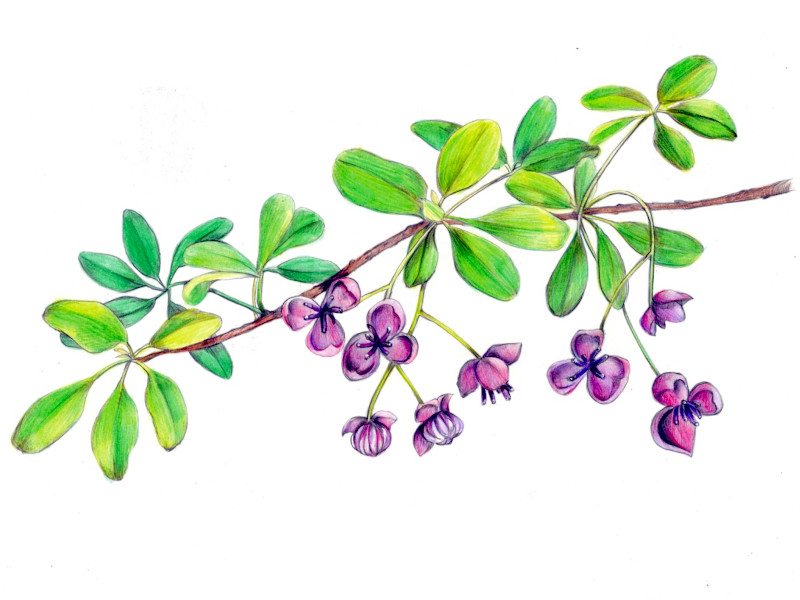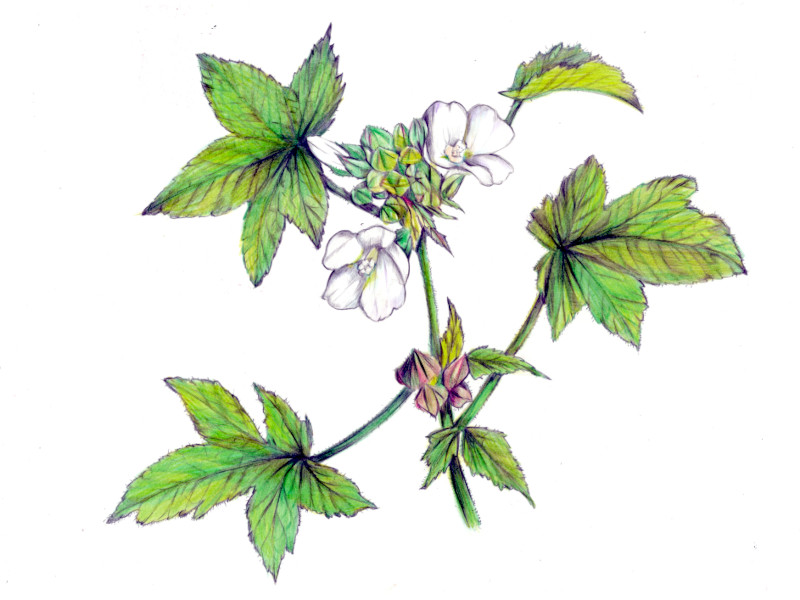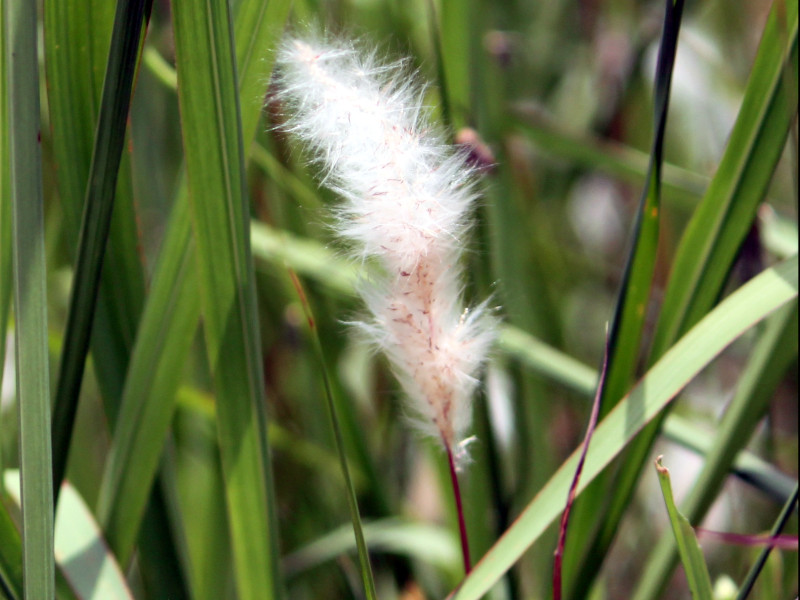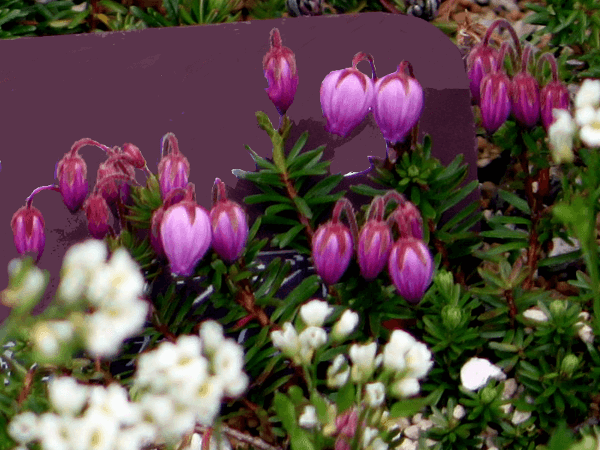Akebia pentaphylla
- Flower nameAkebia pentaphylla
- Scientific nameAkebia × pentaphylla
- Alias五葉木通
- Place of originJapan, Korea and China
- Place of floweringFields and footpaths
- Flowering seasonApril, May
What is Akebia pentaphylla
Akebia pentaphylla or Goyo akebi (scientific name: Akebia × pentaphylla) is a natural hybrid of Akebi (scientific name: Akebia quinata) and Mitsuba akebi (scientific name: Akebia trifoliata). It is a native species of Japan, distributed in Honshu, Shikoku, and Kyushu, as well as in China and the Korean Peninsula. It is a deciduous vine shrub of the family Lardizabalaceae, and grows naturally in forests and along forest margins in the mountains. One parent, akebi (A. quinata), has palmately compound leaves (with five lobes), a full margin of lobes, a short inflorescence, and rather large, light-purple flowers. The other parent, A. trifoliata, has three compound leaves (three lobes) with wavy serrations on the lobes, a long inflorescence, small flowers, and dark purple color.
It has five palmately compound leaves (sometimes three or four) with wavy serrations on the leaf margins. The flowers are dark purple, similar to akebia. The flowers are male at the tip and female at the base. There are no petals, and what appear to be three petals are sepals. The name of the flower is derived from the fact that it has five lobes in the genus Acer palmatum.
Common name: Akebia pentaphylla, scientific name: Akebia × pentaphylla, aka: goyo akebi, life form: deciduous shrub, dioecious, dioecious flowering, bark color: grayish brown, vine: right coiled, Bark color: grayish brown; Vine length: 4-10 m; Leaf shape: palmately compound; Leaflets: elliptic; Leaf lobe length: 3-6 cm; Leaf margin: serrate, wavy; Phyllotaxy: alternate (new branches), bunching (old branches); Dioecious; Petals: absent; Flowering season: April to May; Flower color: dark purple; Fruit: sterile (fruitless).






